- Apply
- Visit
- Request Info
- Give




Scroll

As young children begin to interact with the larger world outside of their homes, they encounter new people and environments with novel rules and expectations. Additionally, their social and emotional development is underway, and they are just beginning to develop self-regulation.
It is critical that adults support the development of new skills while also teaching how to behave and interact with others in ways that are healthy and functional within a group setting. The development of trusting relationships provides a foundation for this process.
The videos and resources below provide ideas and guidance for supporting the development of positive behaviors and relationships.
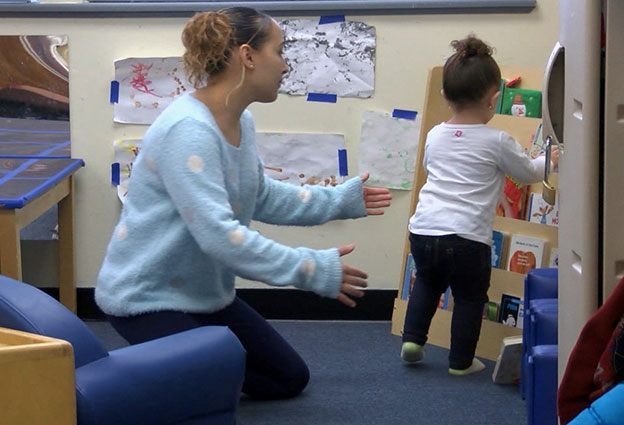 Building Supportive Environments: Setting Rules and Expectations (6:31)In ensuring that a learning environment supports children’s social and emotional well-being, adults need to make sure that children know what to expect and understand what is expected of them. In this video, teachers, family child care providers, and experts discuss how to determine developmentally appropriate rules for children, and share strategies they use for communicating rules and expectations to children. Strategies for involving young children in creating classroom rules are also shared.
Building Supportive Environments: Setting Rules and Expectations (6:31)In ensuring that a learning environment supports children’s social and emotional well-being, adults need to make sure that children know what to expect and understand what is expected of them. In this video, teachers, family child care providers, and experts discuss how to determine developmentally appropriate rules for children, and share strategies they use for communicating rules and expectations to children. Strategies for involving young children in creating classroom rules are also shared.
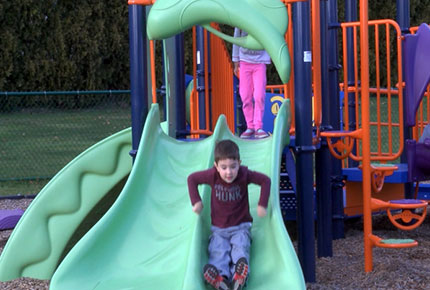 Teaching Strategies: Creating Rules for the Playground (1:57) Involving preschool-aged children in creating classroom rules can be a powerful way to help children understand why rules are needed, and to support the development of their self-regulation skills. In this video, public preschool teacher Jennifer Wolff describes how she engaged preschoolers in creating and then practicing new rules for using the slide after noticing some potentially dangerous behaviors on the playground. Jennifer reflects on how understanding the need for safe behavior helps children build community and empathy.
See video and resources
Teaching Strategies: Creating Rules for the Playground (1:57) Involving preschool-aged children in creating classroom rules can be a powerful way to help children understand why rules are needed, and to support the development of their self-regulation skills. In this video, public preschool teacher Jennifer Wolff describes how she engaged preschoolers in creating and then practicing new rules for using the slide after noticing some potentially dangerous behaviors on the playground. Jennifer reflects on how understanding the need for safe behavior helps children build community and empathy.
See video and resources
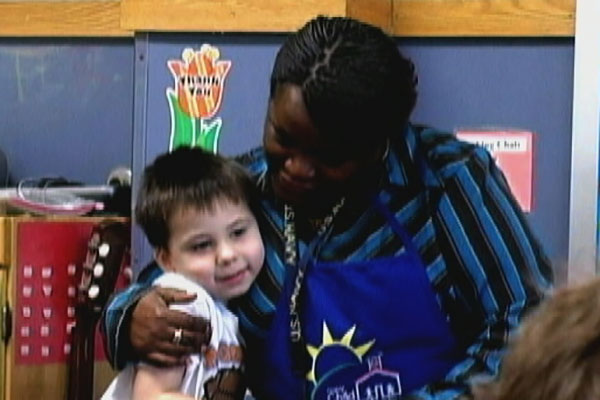 Guiding Young Children's Behavior (video Series)Guiding Young Children’s Behavior is an interactive training curriculum that provides current and future early childhood professionals with tools and strategies for guiding preschool children’s behavior in positive ways. The curriculum was originally made possible through the generous support of the U.S. Department of Defense for Project Navigate, a project to support the professional development of early childhood professionals in U.S. Navy child care centers. Video clips from the curriculum are now available in their entirety below.
Guiding Young Children's Behavior (video Series)Guiding Young Children’s Behavior is an interactive training curriculum that provides current and future early childhood professionals with tools and strategies for guiding preschool children’s behavior in positive ways. The curriculum was originally made possible through the generous support of the U.S. Department of Defense for Project Navigate, a project to support the professional development of early childhood professionals in U.S. Navy child care centers. Video clips from the curriculum are now available in their entirety below.
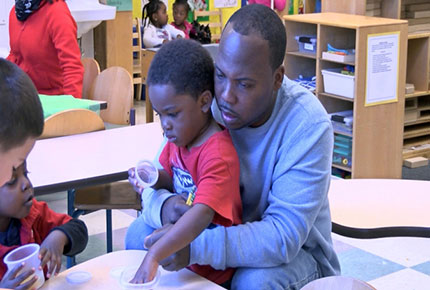 Teaching Strategies: Lowering Your Voice (1:41) When several children are speaking at once, it can be tempting for teachers to raise their voices in order to be heard. In this video, preschool teacher Yotisse Williams describes an alternative strategy he uses to improve children’s listening skills and focus their attention on what he is trying to communicate.
See video and resources
Teaching Strategies: Lowering Your Voice (1:41) When several children are speaking at once, it can be tempting for teachers to raise their voices in order to be heard. In this video, preschool teacher Yotisse Williams describes an alternative strategy he uses to improve children’s listening skills and focus their attention on what he is trying to communicate.
See video and resources
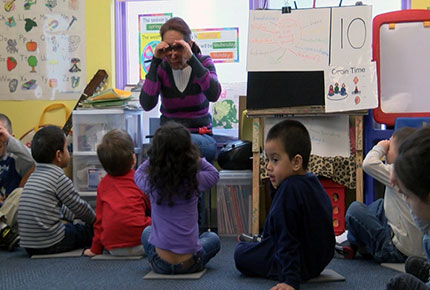 Teaching Strategies: Gaining Children's Attention (1:26) Preschool teacher Nereida Diaz describes a strategy she uses in her classroom to focus children’s attention, particularly after a period of active play. She puts her hands to her eyes to resemble a pair of glasses and says the phrase, “Hocus Pocus; everybody focus.” The children respond with the same gesture and repeat the word, “focus.”
See video and resources
Teaching Strategies: Gaining Children's Attention (1:26) Preschool teacher Nereida Diaz describes a strategy she uses in her classroom to focus children’s attention, particularly after a period of active play. She puts her hands to her eyes to resemble a pair of glasses and says the phrase, “Hocus Pocus; everybody focus.” The children respond with the same gesture and repeat the word, “focus.”
See video and resources
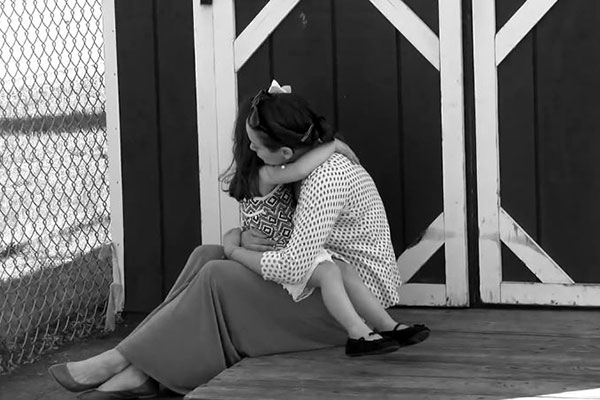 Reflecting on our Reactions and Responses to Children's Behavior (6:47)In this video, early childhood experts and teachers reflect on the importance of gauging one’s own personal feelings before reacting to children’s challenging behavior to ensure that responses are appropriate. The importance of a supportive work environment is also stressed.
Reflecting on our Reactions and Responses to Children's Behavior (6:47)In this video, early childhood experts and teachers reflect on the importance of gauging one’s own personal feelings before reacting to children’s challenging behavior to ensure that responses are appropriate. The importance of a supportive work environment is also stressed.
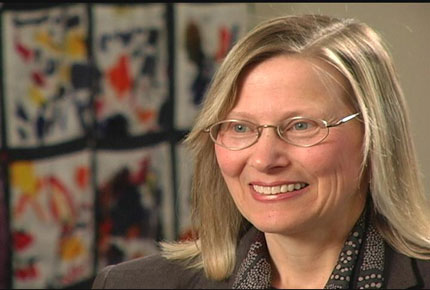 Teaching Preschool Children Conflict Resolution Skills (1:55)Dr. Carlota Schechter explains how conflicts can be made into learning opportunities, giving children opportunities to develop skills to solve conflicts independently.
Teaching Preschool Children Conflict Resolution Skills (1:55)Dr. Carlota Schechter explains how conflicts can be made into learning opportunities, giving children opportunities to develop skills to solve conflicts independently.
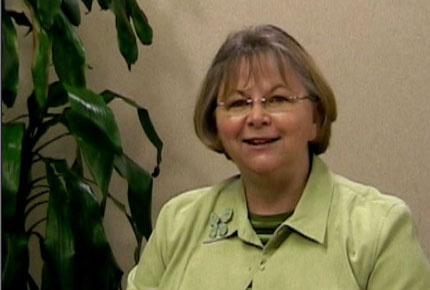 Creating Classroom Rules with Children (2:36)Dr. Kathryn Castle explains how engaging children in thinking and talking about rules make them more likely to understand and follow rules, and learn self-regulation.
Creating Classroom Rules with Children (2:36)Dr. Kathryn Castle explains how engaging children in thinking and talking about rules make them more likely to understand and follow rules, and learn self-regulation.
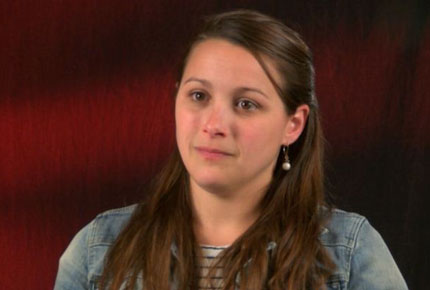 Building Community in the Preschool Classroom (2:43)Part of the "Reflections from the Field" series, Head Start teacher Ashley Anderson describes how she encourages children to support and learn from their peers.
Building Community in the Preschool Classroom (2:43)Part of the "Reflections from the Field" series, Head Start teacher Ashley Anderson describes how she encourages children to support and learn from their peers.